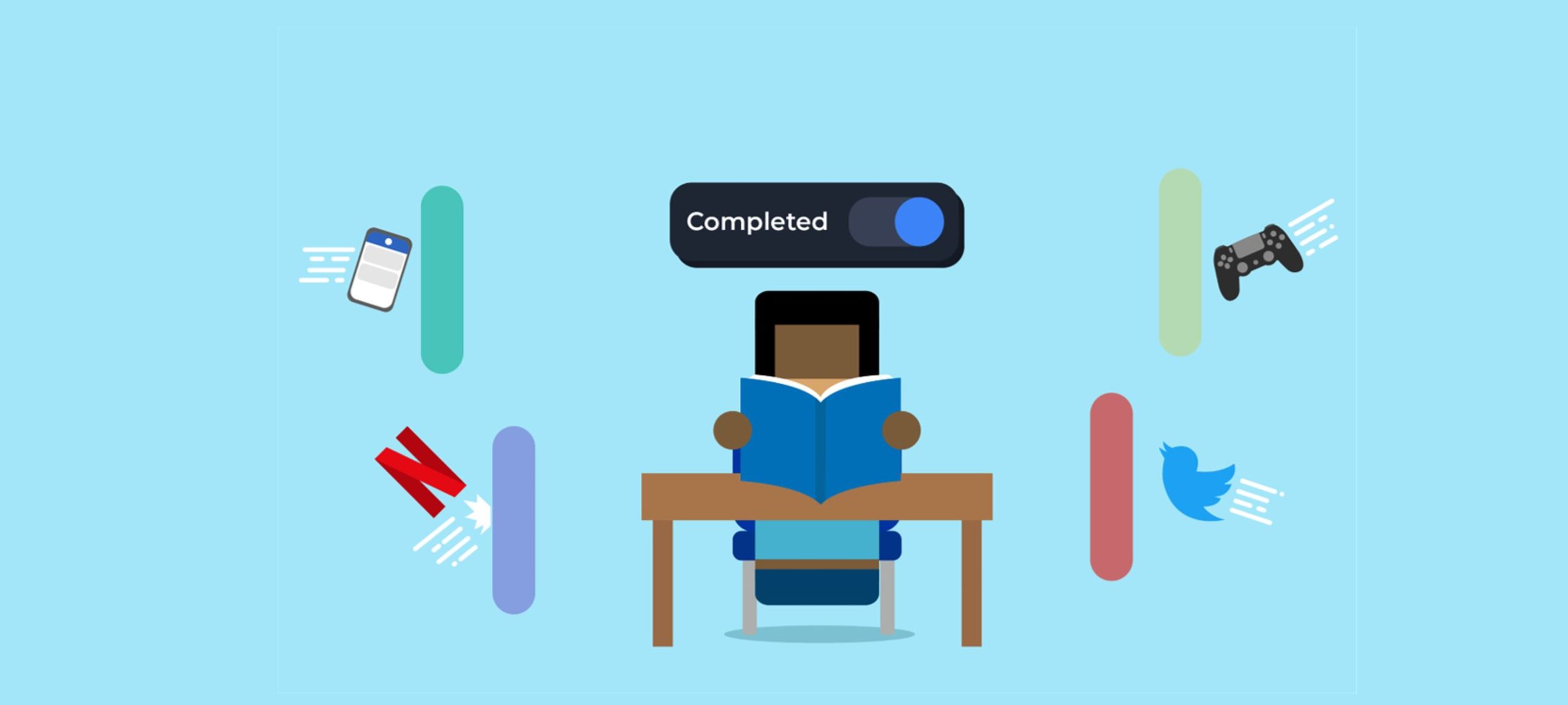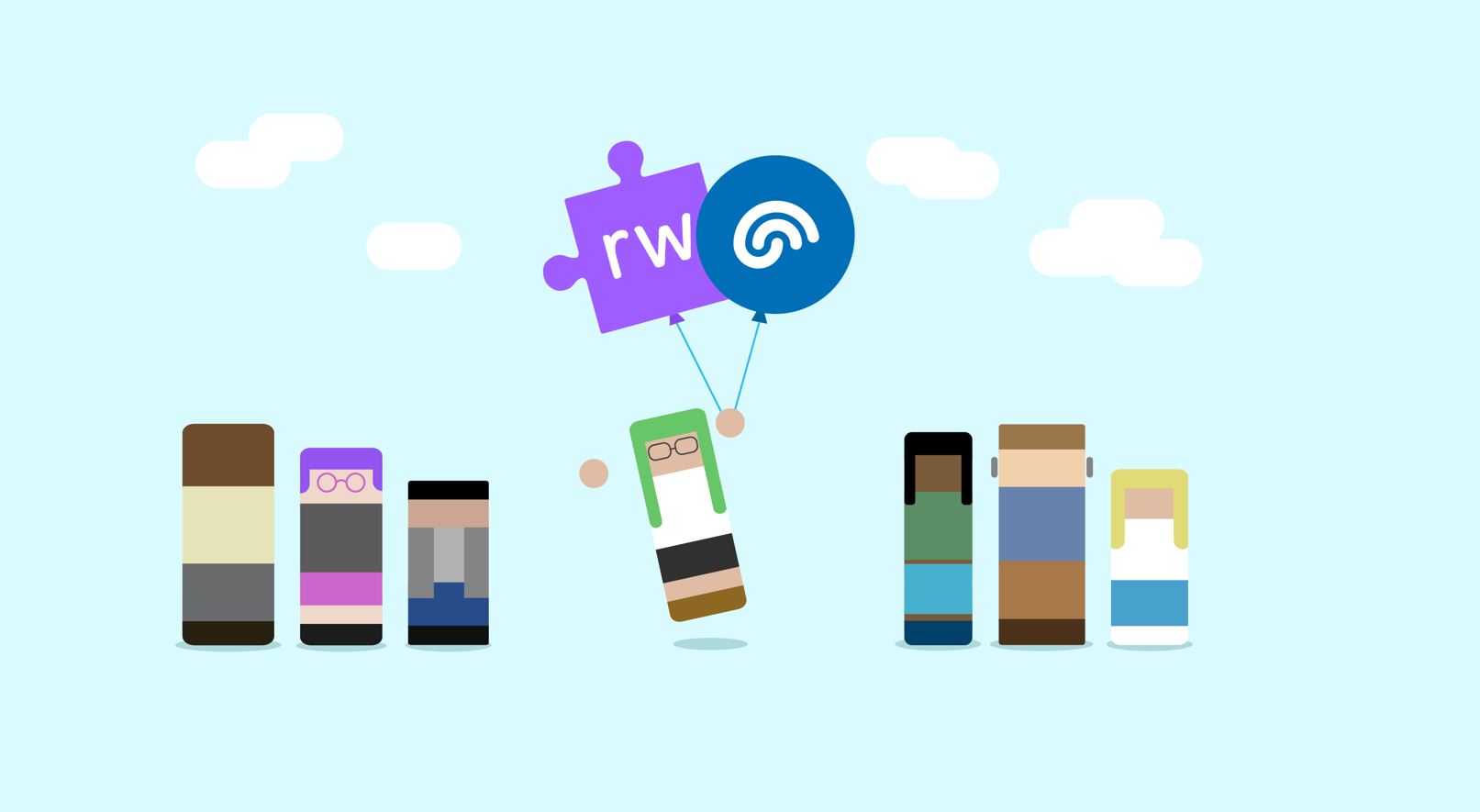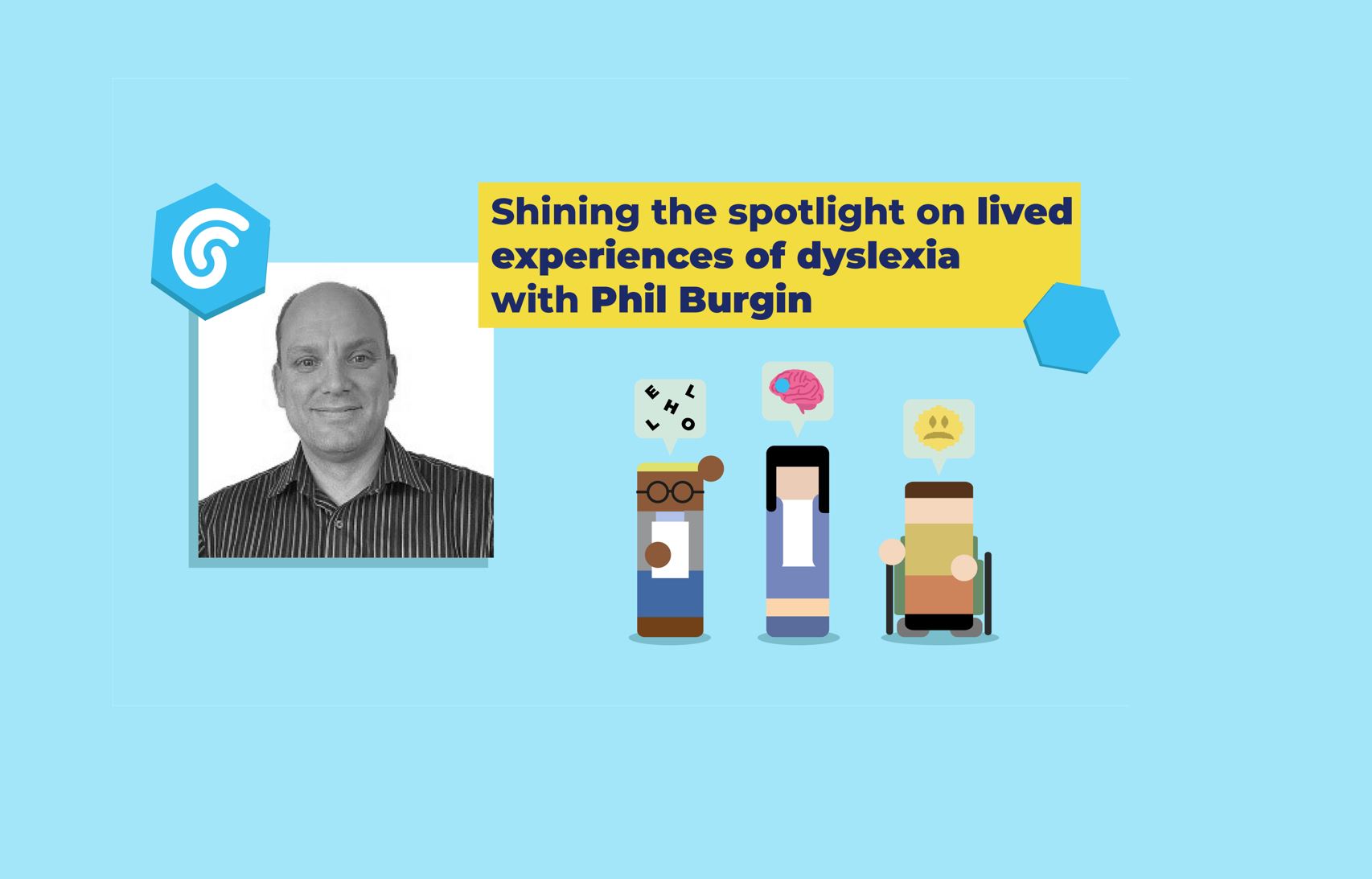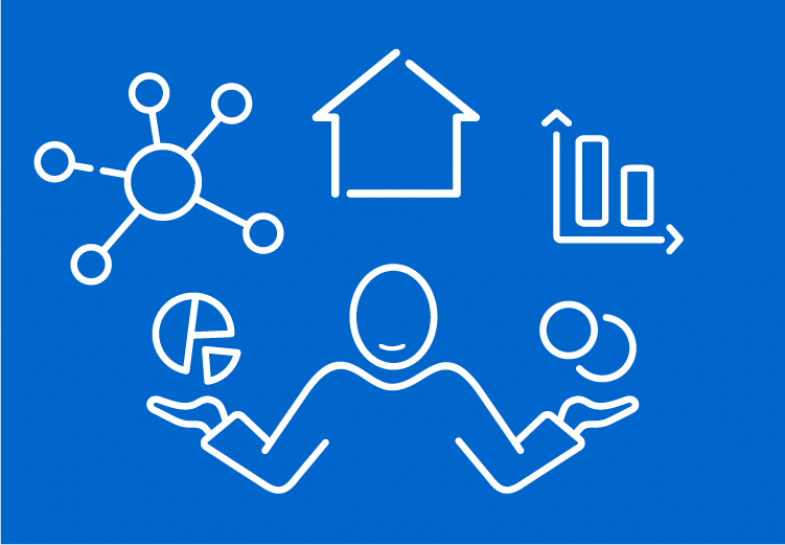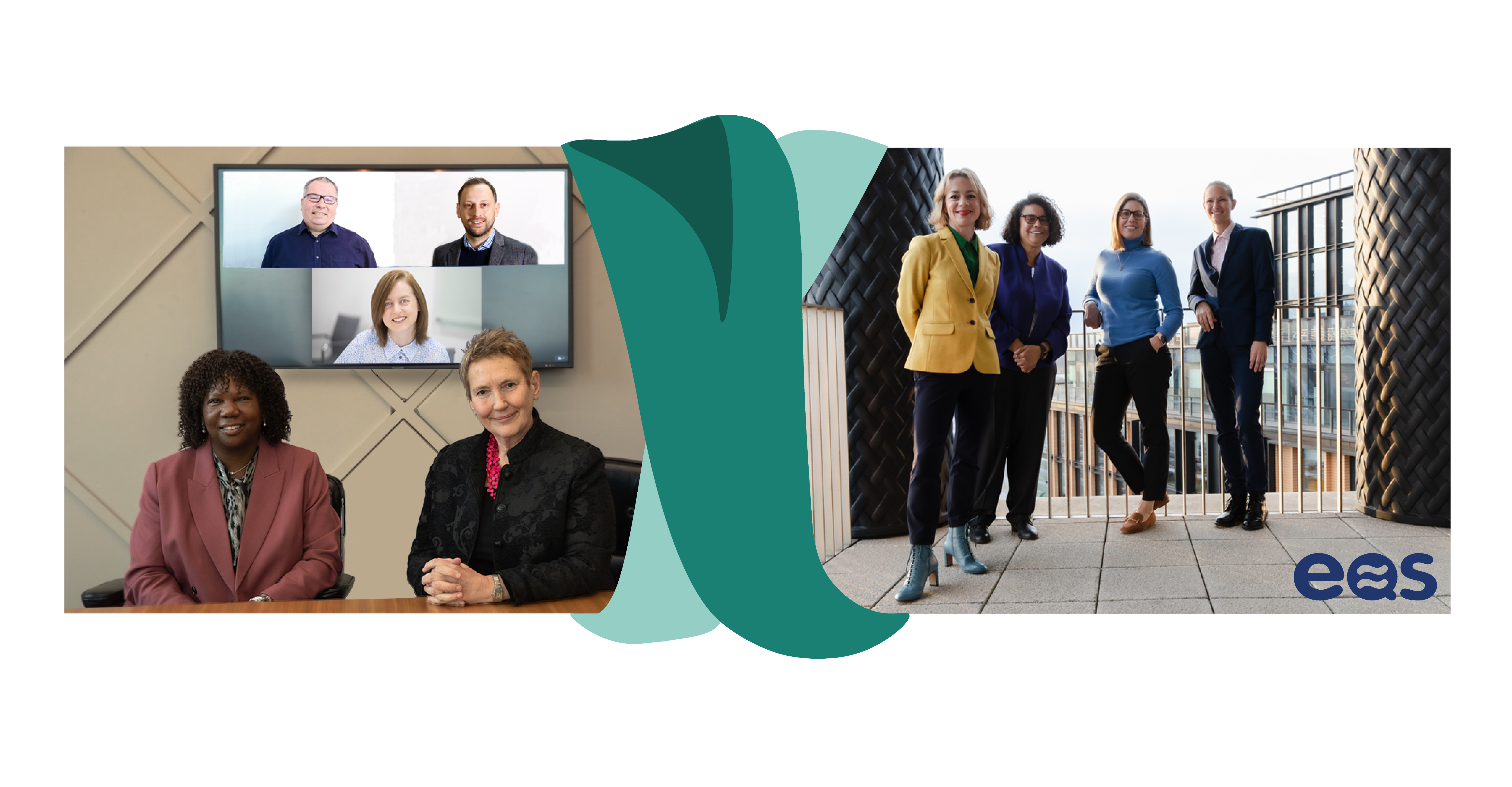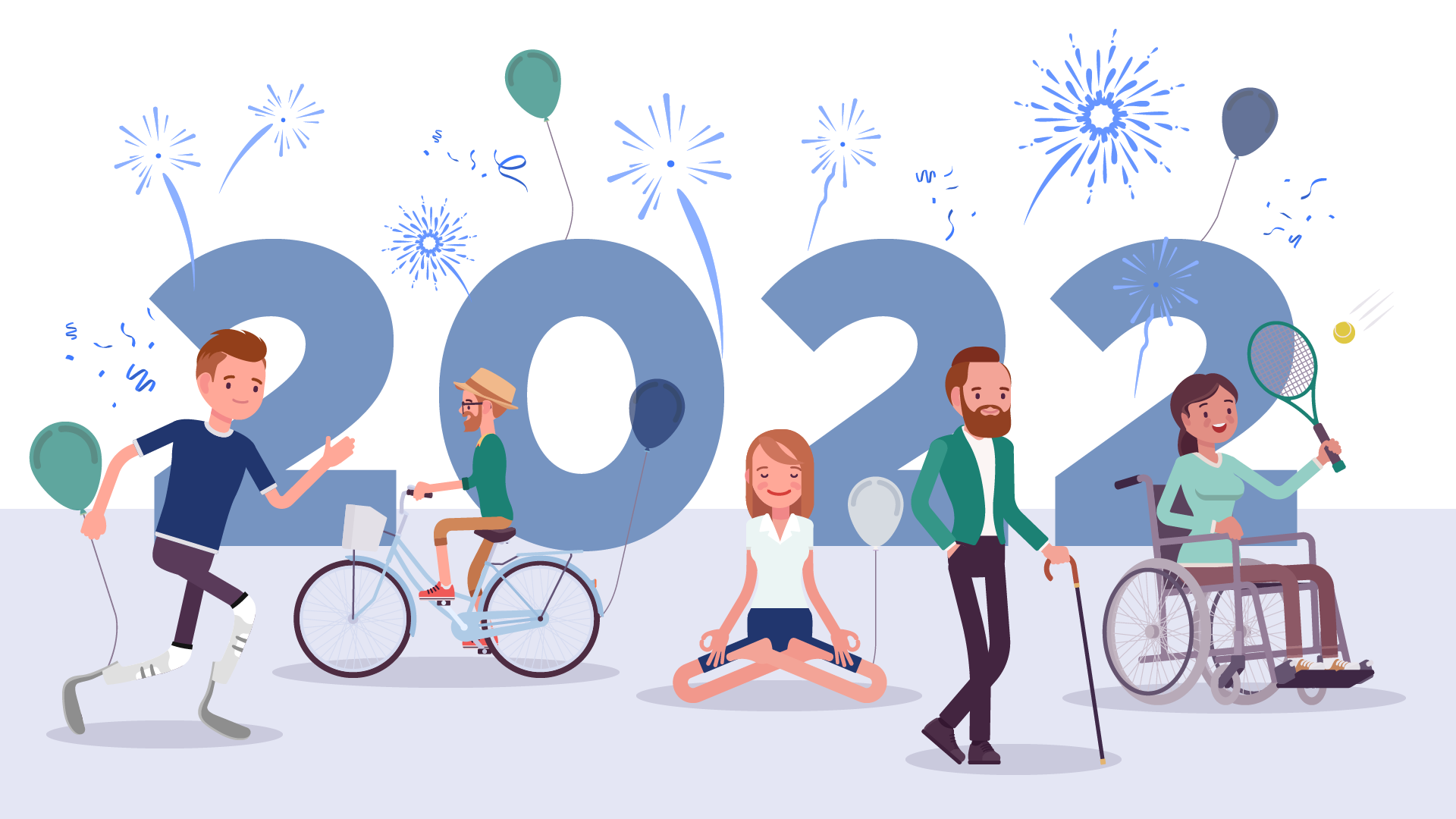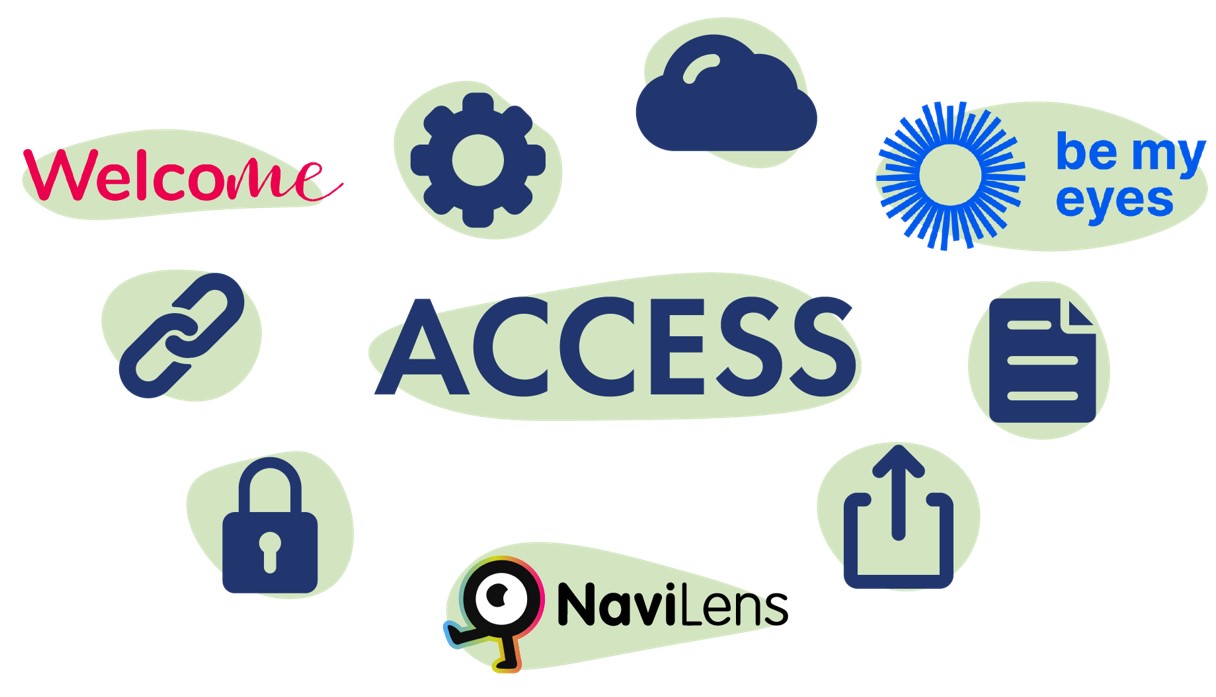Initiatives improving accessibility in the world around us
This month sees the 13th annual Global Accessibility Awareness Day (GAAD) take place. It’s fantastic that we have a dedicated day to accessibility. It gets people talking about and acting on accessibility. However, with approximately one billion people or 15% of the world’s population experiencing some form of disability, it’s important to not let the momentum slide and ensure you have 365 days a year dedicated to accessibility. That’s why this month I wanted to take a look at what’s been happening since last year’s GAAD so we can see how far we’ve come in 12 months and what could happen before GAAD 2023.
Sharing accessibility resources
At the end of last year tooltester conducted a study which looked at 200 of the most popular websites across the globe and ranked them on their accessibility. There was a mixed bag of results. H&M was the most accessible site with just 0.38% of the site begin inaccessible. Amazon came in second with just 0.72% of their site showing as inaccessible. At the other end of the scale was ASOS with almost a quarter (21%) of their site being inaccessible. ASOS responded to the report by saying:
“We want everyone to be able to confidently shop at ASOS. We take issues of accessibility incredibly seriously and regularly conduct full audits of our websites and apps to ensure we account for everyone’s unique needs and experiences.
“Since our last audit, we have made a number of changes, including adding alternative text to images, sound and captions on product videos and improved adaptability for keyboard-only users.
“However, we know there are always ways we can do better so we will review the report in detail and assess any further improvements to ensure the ASOS experience remains as inclusive as possible.”
Studies like this are important as not only does it alert companies to their accessibility errors but it also enables them to see what is being done by companies succeeding in accessibility thus supporting them on making their website as accessible as possible. This study prompted ASOS to put accessibility in the forefront of their long-term development plan, not just for one day.
While I was researching this blog I came across a handy tool which gives you an insight into how many people who visit your website may have a disability, just by putting in the number of visitors your website has. For example, if a website has 1,000 visitors 160 of those visitors could be deaf or hard of hearing, 90 could be dyslexic and 10 could be autistic. Find out the stats of your website by clicking here.
Tweeting in an #AccessibleWay
Twitter has recently highlighted how accessibility is an ongoing commitment. For a while twitter has enabled users to add alt text to their images. This is text that describes the image which ensures individuals using a screen reader or speech-to-text programs can get the full context of your tweet. However, twitter has recently took this feature a step further by adding an ‘ALT’ badge in the corner of images that contain alt text. Prior to this, if you retweeted someone else’s tweets, you would not know if that content was accessible or not. Having the ‘ALT’ badge clearly on display also prompts users to find out more about the feature and hopefully make their tweets more accessible.
Accessibility away from the computer
Although it’s believed that the UK spends on average 6.4 hours a day in front of a screen, when it comes to accessibility, it’s important not to forget the offline world. The recent ‘Accessibility in Hospitality’ survey found that 71% of customers want more to be done to address the lack of accessibility in the hospitality industry. The survey was completed by a large database of people with and without a disability aged 18 to 66+. The results showed, while 58% felt hotels adhered to disabled people’s needs, only 16% felt leisure facilities were accessible with restaurants scoring 14%, pubs 7% and quick services just 5%. So what can be done to improve these stats over the next 12 months?
Communicating important changes
Last year London Euston train station became the first train station in the UK to provide the latest passenger information using British Sign Language (BSL). Anyone who’s travelled by train will know things don’t always go to plan. That’s why London Euston has a team of BSL interpreters on call ready to create content during periods of unexpected disruptions, reducing stress and anxiety for the 87,000 people in the UK who have BSL as their preferred language.
You may have seen Learning Labs posting a monthly BSL word on our social media to encourage more people to learn the language. Already this year I’ve learnt how to sign ‘I love you’ and ‘pancake’. Below is a really useful travel related BSL video to help increase your vocabulary further.
Improving accessibility with three little words
Visiting a new location can be a daunting experience. You are faced with many unknowns. What’s the best route to take? Will the building be easy to find? How will I know which entrance to use? Even if you do extensive research via Google maps you’re not guaranteed to find the answers to all your questions due to street addresses not always taking you to the correct location and many rural places and parks not having an address at all. That’s where navigation app what3words can help. What3words has split the entire world into three metre squares and given each square a unique combination of three words, making it easier to find and share exact locations. This in turn can help remove these feelings of anxiety you may get from visiting a new location as well as improving a locations accessibility. For example if you wanted to navigate to the gates of Buckingham Palace you navigate go to worked.view.broke. To get to the Sydney Opera House you’d navigate to frost.fight.author.
Our head office in Hebburn has two entrances. One which leads to the main office and one which takes you directly to our warehouse. To find our main office entrance you would need to navigate to rust.status.fists. To visit our warehouse you would need to navigate to answers.elsewhere.rotations. We have clear signage at our head office but what if you have a visual impairment or you don’t read English? I’ve certainly seen what3words increase in popularity over the last 12 months. Just the other day I received a flyer through the post advertising my local Go Outdoors store. On the flyer next to the store address and map was the what3words address. What3words is making the world more accessible three metres squared at a time.
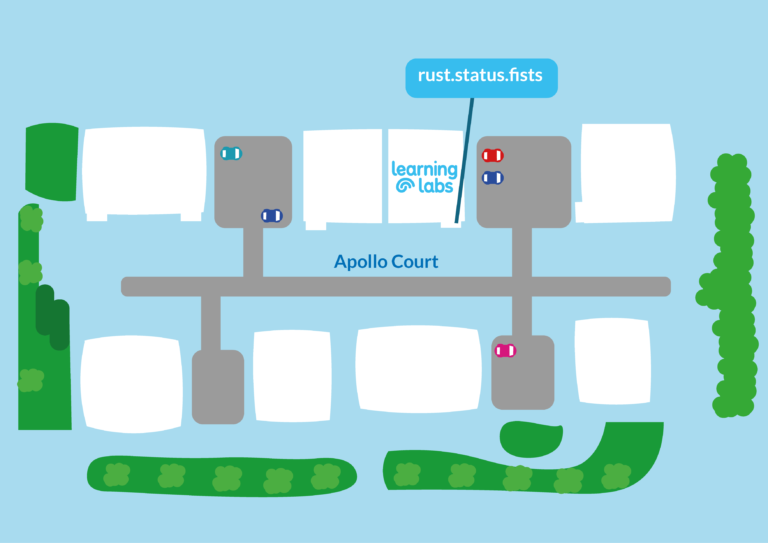
Over to you
I’d love to hear from you about any accessibility
initiatives or processes you have seen. Through sharing knowledge and using
accessibility initiatives all year round I believe we can build on the
foundations GAAD gives us, ensuring accessibility is for life not just for
Global Accessibility Day.
Other blog articles


